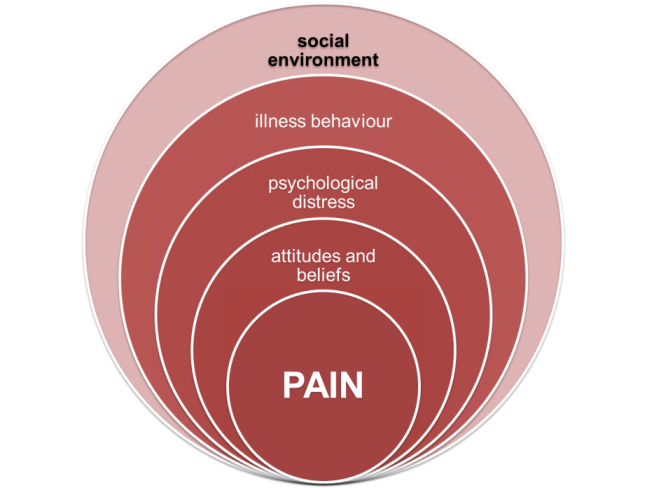
P: (08)9965 0697 F: (08)9964 7528
News
Predicting time on prolonged benefits for injured workers with acute back pain Oct 16th, 2014
Workers who are at low risk for chronic disability will most likely return to work (RTW) with limited assistance. Those at high risk for chronic disability may benefit from tailored interventions. If so, the burden of BP could be reduced through the early identification of those at high risk of chronic disability and delayed RTW.
Most of the existing literature relies on information gathered from injured workers, which is often limited to clinical factors. However, work-related BP is a multidimensional problem; therefore, predictive factors should be collected from several key actors [workplace partners, health-care providers (HCPs), injured workers, insurers] to capture the complex interactions that influence outcomes.

The following factors were predictive of a longer time on benefits:
- older age,
- greater physical demands in the workplace,
- employer doubt regarding the work-relatedness of the back injury,
- receiving a prescription for opioids during the first 4 weeks of the claim.
The following factors were predictive of a shorter time on disability benefits:
- union membership,
- availability of an early RTW program,
- positive recovery expectations on the part of health-care providers,
- being entered in a work rehabilitation program, and
- communication of functional ability to RTW
Implications
High risk individuals can be selected within the first 4 weeks following acute low back pain.
Early RTW planning and strong communication between the employer, and a trusted health care team improves outcomes.


